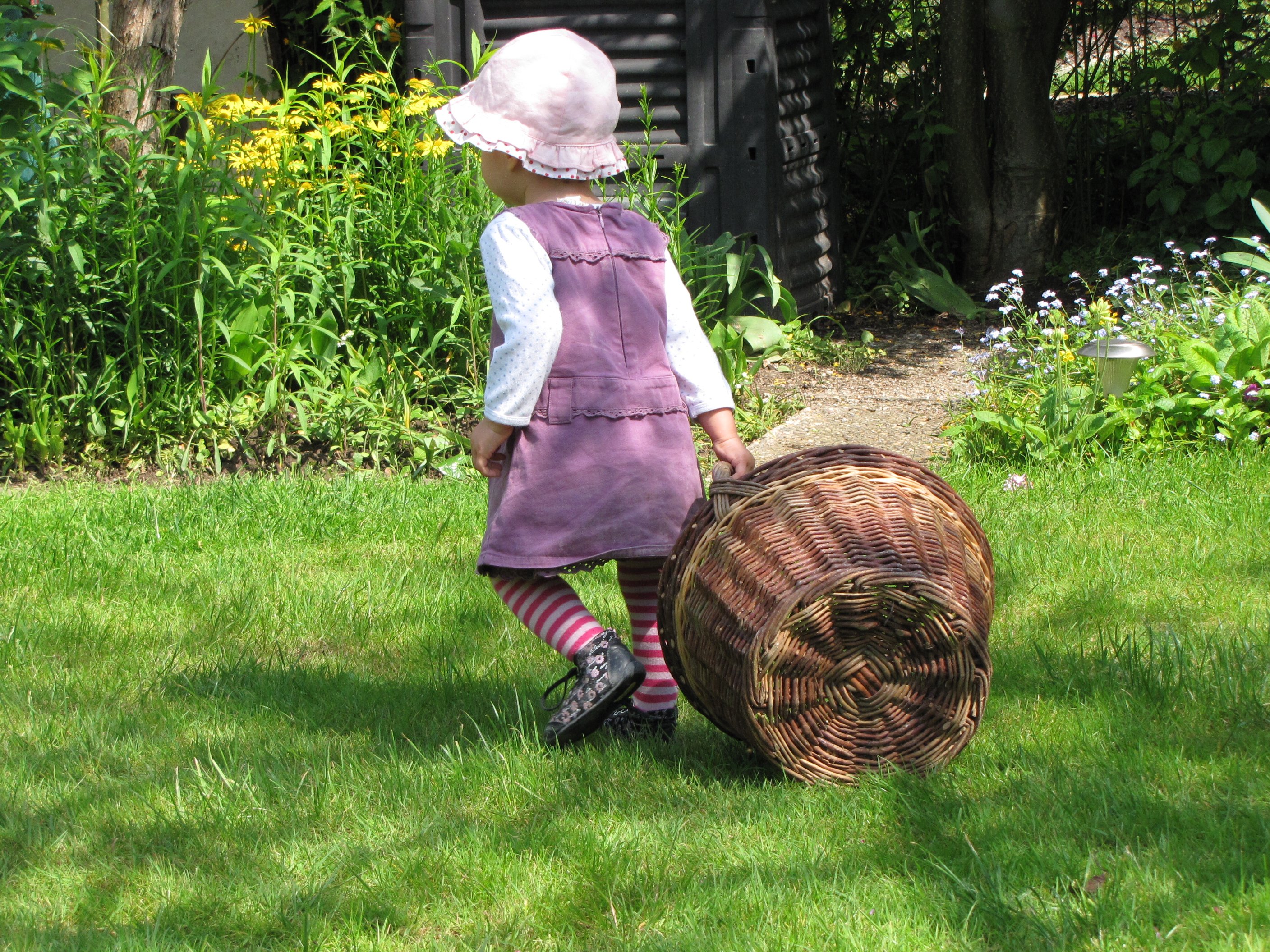
Annemarie Telschow reports on the admission of parentless girls and boys to the children’s home
by Katja Haescher-Mett
05 February 2017, 00:00 a.m.
"That’s me!" When Annemarie Telschow from Kothendorf took a look at the SVZ last week, she experienced a surprise. In a report about the Birkenhaus children’s home in Schwerin, she discovered herself in the photo – triggering a flood of memories. "I grew up in the children’s home," says the 78-year-old, who was born near the Oder in 1938. Her hometown was in the Seelower Heights, where the Red Army began the "Berlin Operation" with its final offensive in April 1945 – it was the biggest battle of the Second World War on German soil.
Annemarie Telschow and her family fled to Mecklenburg. The mother, grandma, an aunt and two younger sisters, two and four Year old. When the family stopped at Gadebusch, her aunt fell ill. "Grandma didn’t let us near her anymore. Today, as a trained nurse, I think it may have been typhoid or dysentery, ”Annemarie Telschow can only speculate. Because nobody was left to talk about this time later: In the following days she lost almost the whole family. "Aunt Hedwig died in the cart. Then grandma. And suddenly my mother was no longer there, ”says Annemarie Telschow. The mother had been taken to Gadebusch Castle, where typhoid patients were cared for. The three little girls were on their own. They were in the vicinity of the castle, trying to pick currants and August apples in gardens. "But we were chased away by the farmers." In the castle, Soviet soldiers gave the sisters a little stew every lunchtime. Then the mother died. "Did we cry? I don’t know anymore, ”says Annemarie Telschow. “At that time, death and destruction were around us, we knew nothing else.” A woman accompanied the children on the train ride to Schwerin to the children’s home. At that time, many girls and boys like Annemarie Telschow were in the “Birkenhaus”: they had lost their parents or had been separated from their relatives in the chaotic post-war period. “There were babies and toddlers that were found, literally on the edge of the field. They were given a name when they arrived at the home. The age was estimated, the day of admission was entered as a birthday, ”says the contemporary witness.
The years with the parents faded. When Annemarie Telschow thinks of the time in the home today, she says: "We never starved, we always had to get dressed, the holidays were celebrated." When the 78-year-old sees sister Marie Albrecht in the old photo, she feels gratitude. "We learned a lot in the home." Annemarie Telschow was one of the children who stayed in the birch house for a particularly long time. “The older ones came to the Demmlerheim later. But since I wanted to become a nurse and should soon start an apprenticeship, I stayed. ”Between the ages of 16 and 18, the girl was even employed as a nurse.
The now 78-year-old also thinks she knows how the photo was taken. “There were photographers there regularly. The pictures were shown in the newsreel – with the concern that relatives reported. ”In the period that followed, many children came to the home who were not orphans – it was the children of single women or widowed women who could not be looked after by their mothers. Because women had to work to make a living.
RELATED ITEMS
-

Stolzenau: “Childhood and youth stolen”, middle municipality of Weser
Samtgemeinde Mittelweser Content Stolzenau: "Childhood and youth stolen" Stolzenau: "Childhood and youth stolen" Horst Münch on the escape…
-
Adopted children: stolen children – family – society – planet knowledge
New section Stolen children New section Political forced adoptions in the GDR To the German-German currently under construction…
-

History – family policy – childhood network – growing strongly
The old imperative, after women had to be content with children, kitchen, church, is not replaced by a new one out of children, kindergarten and career…
-

Childhood digital: own email address for kids?
Surfing together: Parents are also role models when it comes to security on the Internet. (c) Shutterstock children are curious. And there is nothing for parents…
